You knew exactly who had a housecleaner and a ski pass by what they did after 3 p.m.
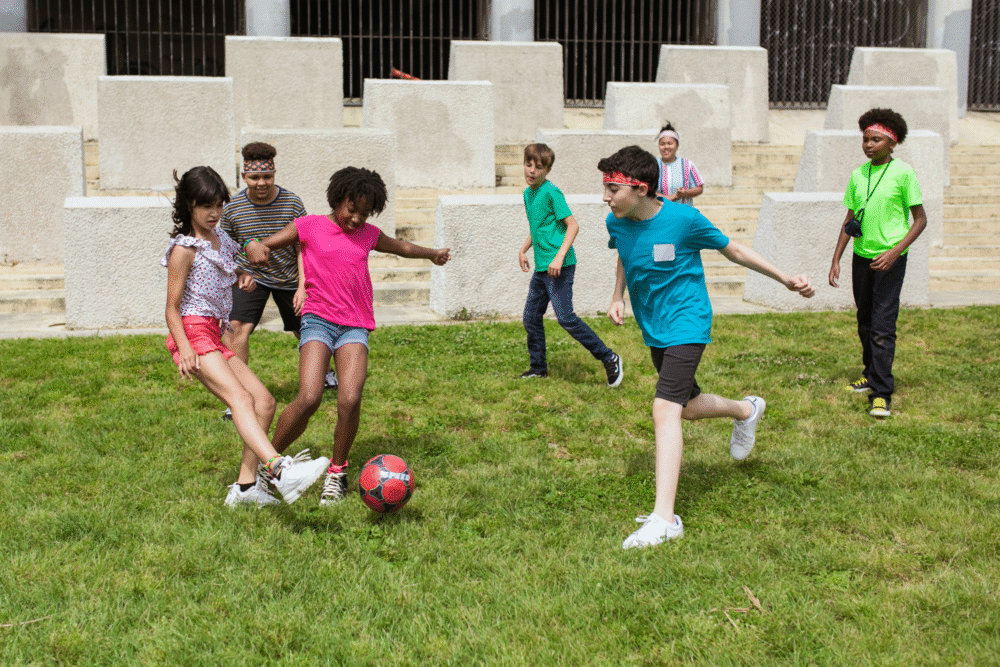
There were the kids who went home, microwaved something, and watched TV until dinner—and then there were the ones who got picked up in spotless SUVs and whisked away to lessons, classes, or private coaching sessions. Their gear was expensive, their schedules were packed, and their snacks came in insulated lunch bags with handwritten notes.
These after-school activities didn’t just kill time. They whispered, and sometimes shouted, “My parents have money to burn.”
1. Horseback riding meant you didn’t live anywhere near paycheck to paycheck.

Kids who rode horses weren’t just taking lessons—they were stepping into an entire subculture of boots, breeches, and names like “Starfire” or “Lucky Boy.” Riding lessons meant your parents had disposable income and weren’t afraid to spend it on stable fees, grooming gear, and specialized trainers. These weren’t barnyard ponies either—these were sleek, high-strung animals that required as much upkeep as a small car. You needed a truck, a trailer, and entire weekends reserved for competitions. If you were showing horses before homework, chances were your family didn’t worry about the price of hay or tuition hikes.
2. Private tennis lessons were basically a soft launch into country club life.

If your afternoons were spent perfecting your backhand with a coach who wore aviators and called you “champ,” you probably weren’t stressing over student lunch debt. Tennis wasn’t just a sport—it was an accessory to a particular kind of lifestyle. It suggested access to private courts, embroidered towels, and family vacations that coincided with the U.S. Open. Your rackets were strung professionally, your matches were scheduled, and you always had Gatorade that wasn’t store-brand. Parents who booked weekly private lessons weren’t pinching pennies—they were prepping you for social scenes with cucumber water and casual networking.
3. Ballet at a real studio required bills, not just balance.
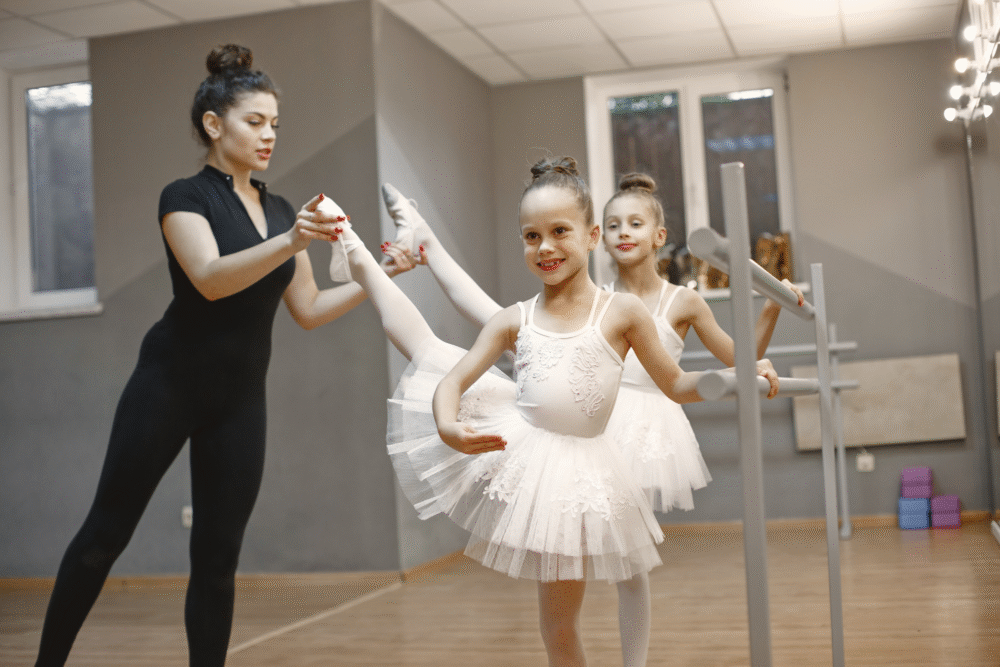
Dance was available everywhere, but serious ballet was different. It required multiple weekly sessions at a studio with French-named classes, an annual recital that rivaled Broadway, and pointe shoes that cost more than some people’s monthly electric bill. The kids in these classes didn’t just dance—they rehearsed. Their wardrobes included leotards in every pastel shade, custom-fit shoes, and glitter-free buns held in place with surgeon-level precision. And those recitals? Tickets, costumes, photography packages—none of it came cheap. If you were twirling under a chandelier instead of a gym light, your parents weren’t scraping by.
4. Fencing class was a sign your parents had international ambitions for you.

Nothing screamed niche wealth quite like the sound of clashing épées in a rented gym. Fencing wasn’t a hobby you stumbled into. It required equipment, coaching, and an awareness of tournament circuits most people didn’t even know existed. The gear alone—mask, glove, jacket, weapon—could set a family back hundreds before the first lesson. These kids weren’t just athletic—they were precision-trained and usually fluent in multiple sports metaphors. Fencing wasn’t about self-defense. It was about strategy, poise, and a certain European flair that always hinted at private school backgrounds and a deep freezer full of organic popsicles.
5. Travel soccer wasn’t a game—it was a financial commitment.
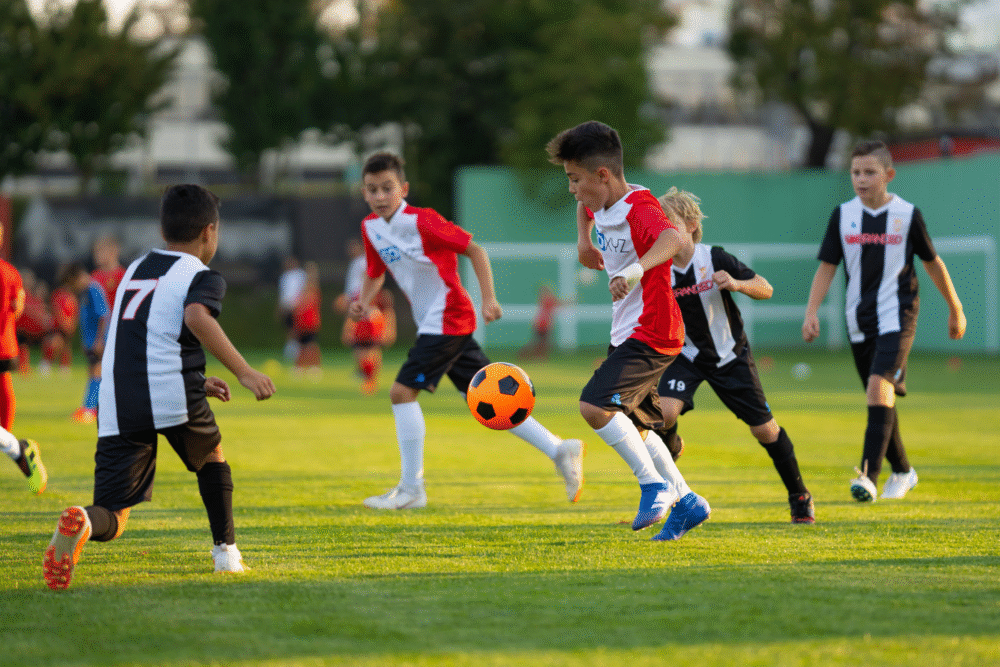
Regular league soccer was a weekend hobby. Travel soccer, though, was a full-time lifestyle. Between the branded gear, frequent hotel stays, gas costs, tournament fees, and custom cleats, this version of the sport was less about kicking a ball and more about how many weekends your parents could afford to surrender. The kids wore warm-up suits that matched head to toe, had backup shin guards, and called their coach by a first name they didn’t dare say casually. Travel soccer wasn’t just expensive—it was exhausting. And only families with both income and flexibility could survive it.
6. Golf lessons before puberty were basically a trust fund handshake.
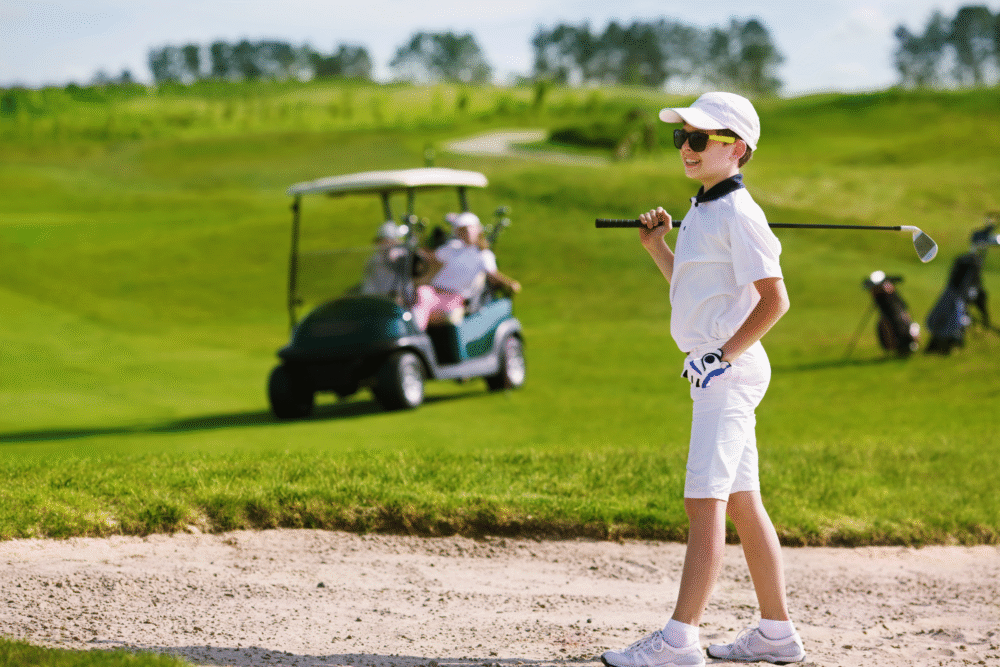
Junior golf didn’t exist in the same world as after-school kickball. These kids weren’t hitting balls—they were building résumés. Lessons with club pros, reserved tee times at semi-private courses, and bags with their initials embroidered on the side weren’t for the financially fragile. Even the balls they lost in the water cost more than a fast-food dinner. Golf wasn’t just about learning a sport—it was about networking early. If you knew what a handicap was before you knew your locker combo, your parents probably had a Costco-sized stock of sunscreen and an accountant on speed dial.
7. Figure skating meant early mornings and elite-level money.
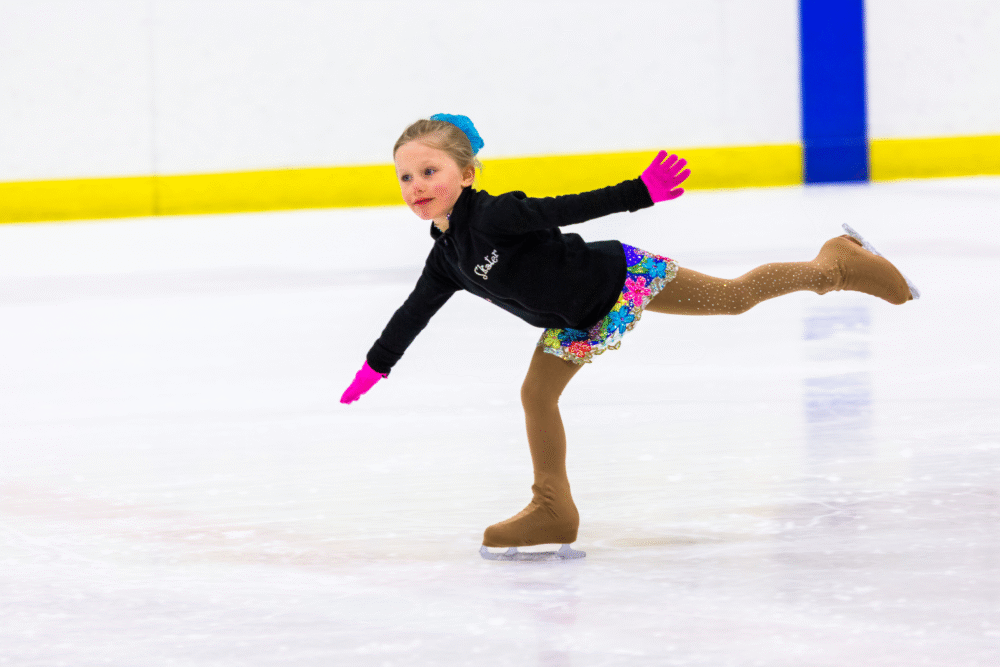
Before the average kid had brushed their teeth, figure skaters had already been on the ice for hours. Skating wasn’t just a time commitment—it was a serious financial drain. Ice time, coaching fees, competition travel, costumes, choreography, blade sharpening—it added up fast. The kids wore sparkly dresses that cost hundreds and carried garment bags with designer tags. Their parents didn’t just support their hobby—they invested in it like a startup. Skating wasn’t casual. It was performance art, athletics, and financial fortitude wrapped in rhinestones and triple lutzes. And if you were in that world, money flowed like rosin dust.
8. Youth orchestra wasn’t for kids whose parents questioned the rental fee.

Sure, every school had a band. But youth orchestra? That meant private lessons, formal auditions, and owning an actual instrument—probably not a rental—worth more than your first car. These weren’t kids tooting on beginner clarinets. These were violinists, cellists, and flutists with private teachers, recital calendars, and Saturday morning rehearsals in cultural centers. Their sheet music wasn’t optional homework—it was religion. And their parents? They were the ones driving across town with velvet-lined instrument cases and snacks packed with surgical precision. Youth orchestra wasn’t just music. It was pedigree dressed in black concert attire.
9. Language immersion programs were a code for international spring breaks.

Learning a second language after school was already extra. Doing it in a program with native speakers, weekend culture labs, and scheduled field trips to embassies? That screamed extra and expensive. These kids didn’t just conjugate—they journaled in French and did Duolingo for fun. They had tutors, cultural exchanges, and spring breaks that often included full-on immersion camps in foreign countries. You weren’t just learning Spanish. You were preparing for a gap year in Madrid. And the parents funding it? They saw this as a personal brand investment. Fluency was status, and every lesson was a receipt.
10. Theater conservatories turned school plays into full productions.
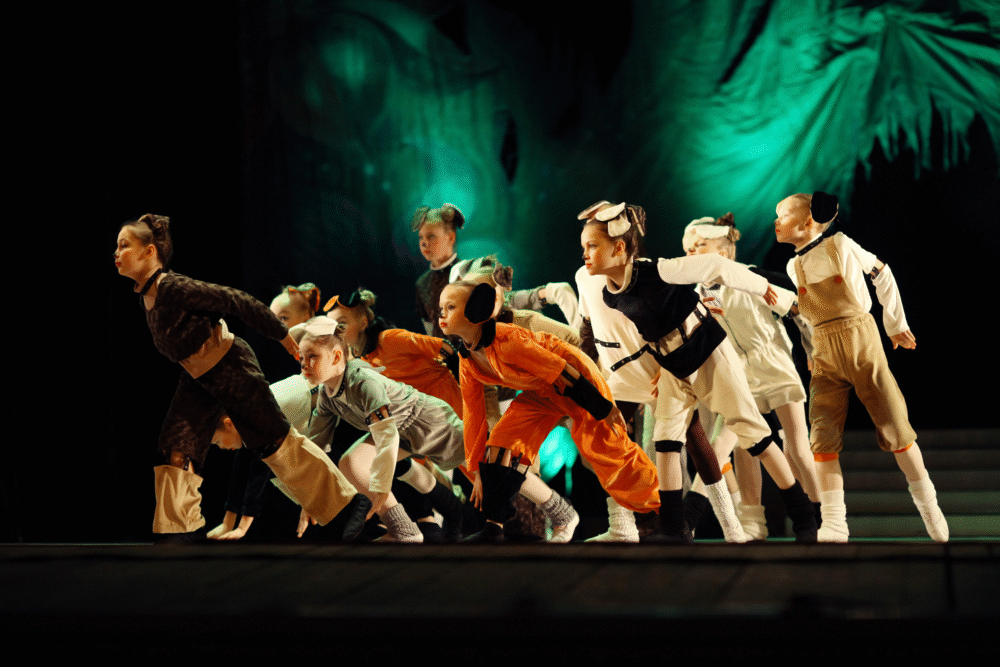
Being in the school play was one thing. Enrolling in a conservatory-level acting program with voice coaches, movement classes, and off-book expectations? That was a whole other tax bracket. These kids had headshots before they hit puberty, agents waiting in the wings, and monologues memorized just in case someone asked. Weekend workshops, competition festivals, and Broadway-adjacent summer camps didn’t come cheap. If you were doing Meisner exercises while your classmates were playing tag, your parents weren’t just nurturing a hobby—they were investing in a spotlight. And that spotlight had excellent lighting and professional-grade makeup.
